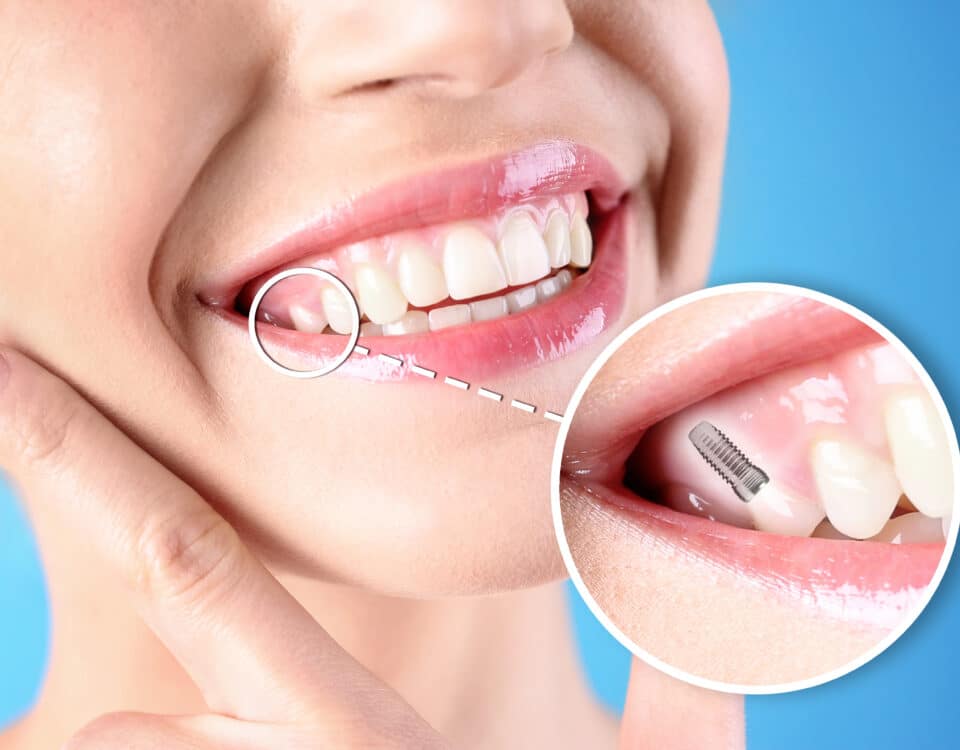Prevent Tooth Decay with Dental Sealants

National Toothache Day: What Your Pain Could Mean
February 8, 2024
Boost Your Confidence with Teeth Whitening
February 22, 2024A radiant smile is the best accessory anyone can wear. However, maintaining pearly whites involves much more than a routine brushing and flossing. Dental sealants are an oft-overlooked but highly effective tool in the fight against tooth decay. If you want to bolster your dental defense, harness the power of dental sealants with this comprehensive guide.
Understanding the Basics of Dental Sealants
Dental sealants are thin, protective coatings applied to the chewing surfaces of the back teeth – the molars and premolars – where most cavities in children and teenagers are found. Because they are often too small to effectively clean with a toothbrush, these grooves and depressions are perfect havens for bits of food and bacteria that can lead to cavities. Sealants act as a shield for the enamel, keeping the teeth safe from the harm that can come from plaque and acid.
How Do Dental Sealants Work?
Sealants are typically made of a clear or tooth-colored resin material and are applied to the tooth with a brush. The liquid sealant quickly hardens, bonding to the grooves of the teeth and creating a smooth, protective barrier. This barrier prevents food particles and bacteria from penetrating the enamel, which would otherwise lead to the formation of cavities.
Who Should Get Dental Sealants?
While children and teenagers are the most common candidates for sealants due to their newly erupted permanent teeth, adults with deep grooves in their molars can benefit as well. Dental sealants are especially recommended for:
- High-risk patients: Those with a history of cavities or poor oral hygiene.
- Patients with orthodontic appliances: These can make cleaning difficult, increasing the risk of decay.
- People who struggle with dental hygiene practices: Sealants provide added protection for those who may not brush and floss as thoroughly as they should.
The Process of Applying Dental Sealants
Initial Examination
Before the process of applying dental sealants begins, your dentist will examine your teeth to ensure they are free of decay. Any existing decay needs to be addressed before sealant application to prevent the decay from spreading.
Preparation
The tooth or teeth in need of sealants will be thoroughly cleaned and dried. An acidic solution is then applied to the chewing surface to etch the enamel, which helps the sealant bond more effectively.
Application
Once the tooth is dry and the etching solution has been washed off, the sealant material is applied to the tooth, where it flows into the grooves. A special curing light is then used to harden the sealant, often ensuring full protection for years to come.
Benefits of Dental Sealants
They’re Highly Protective
Dental sealants have been shown to reduce the risk of decay by nearly 80% in molars. Their protective nature means they can outlast the rigors of chewing and can stay intact for several years before a reapplication is necessary.
Cost-Effective Preventative Measure
Compared to the potential cost of treating a cavity, sealants are a cost-effective preventative measure. It’s an investment in oral health that can save you money in the long run.
Minimal Discomfort and Invasiveness
The process of applying sealants is quick, painless, and doesn’t require anesthesia. The entire application process usually takes only a few minutes per tooth.
Caring for Teeth with Dental Sealants
While sealants are incredibly effective, they’re not invincible. That’s why it’s important to maintain a regular oral hygiene routine and visit your dentist for check-ups. The longevity of sealants can vary but with proper care, they can protect teeth for many years.
Brush and Floss Regularly
Despite the extra protection from sealants, regular brushing and flossing cannot be neglected. Maintaining proper oral hygiene is essential for preventing other dental issues such as gum disease and bad breath.
Choose Healthy Food and Drink
Eating a balanced diet and avoiding sugary snacks and drinks can help reduce the risk of decay. Remember, sealants are an added layer of defense but do not replace a healthy lifestyle.
Attend Regular Dental Check-Ups
Regular dental check-ups are crucial, sealants or not. Your dentist can monitor the condition of your sealants and ensure they are still providing the necessary protection.
Dispel Common Myths About Dental Sealants
There are some misconceptions about dental sealants that can deter people from taking advantage of this beneficial treatment. Let’s set the record straight on a few of these myths.
Sealants are Only for Children
While it’s true that sealants are commonly applied to children’s teeth, adults with a history of cavities or at high risk for decay can benefit from sealants as well.
The Application Process is Painful
The application process is swift and painless, as it does not involve drilling or anesthesia. Patients may experience a slight chemical taste during the etching process, but it is fleeting.
Sealants are Unsightly
Most sealants are clear or tooth-colored, making them virtually invisible. Even if the sealant is tinted, it’s likely the shade of your natural teeth, making them unnoticeable when you smile.
Common Questions about Dental Sealants
How Long Do Sealants Last?
Sealants can last up to 10 years with proper care. Your dentist will check on their condition during your regular visits.
Do Sealants Require Special Aftercare?
Once sealants are applied, there is no special aftercare. Continue to brush, floss, and visit your dentist as you normally would.
Can Sealants Be Applied Over Cavities?
Sealants cannot be applied over cavities, as it’s crucial that the tooth is healthy and free of decay before the sealant is applied.
The Return on Investment in Dental Sealants
Investing in dental sealants offers both immediate and long-term returns. In the short term, it delivers peace of mind and a reduced risk of developing cavities. Over the long term, the cost savings can be significant, especially if it means avoiding complex dental treatments.
Decreased Risk of Cavities
For children, sealants during the cavity-prone years can save them from pain and the inconvenience of fillings, especially if their dental hygiene habits are not yet established.
Cost Savings
The cost of sealants pales in comparison to the expense of treating cavities. In cases where multiple teeth require sealants, the investment is still just a fraction of the cost associated with filling these same teeth.
Peace of Mind
For adults and parents alike, the knowledge that the likelihood of developing cavities is significantly reduced can bring peace of mind, knowing their dental health is being actively protected.
Unlock Your Full Dental Potential with Sealants
When it comes to dental health, prevention is always better than cure. Dental sealants are a simple yet effective way to prevent cavities and maintain a bright, healthy smile. If you or your child have yet to explore the benefits of dental sealants, it’s time to consider them as part of your dental health arsenal. Contact Stonebrook Family Dental today to learn more about how sealants can benefit you and your family.



